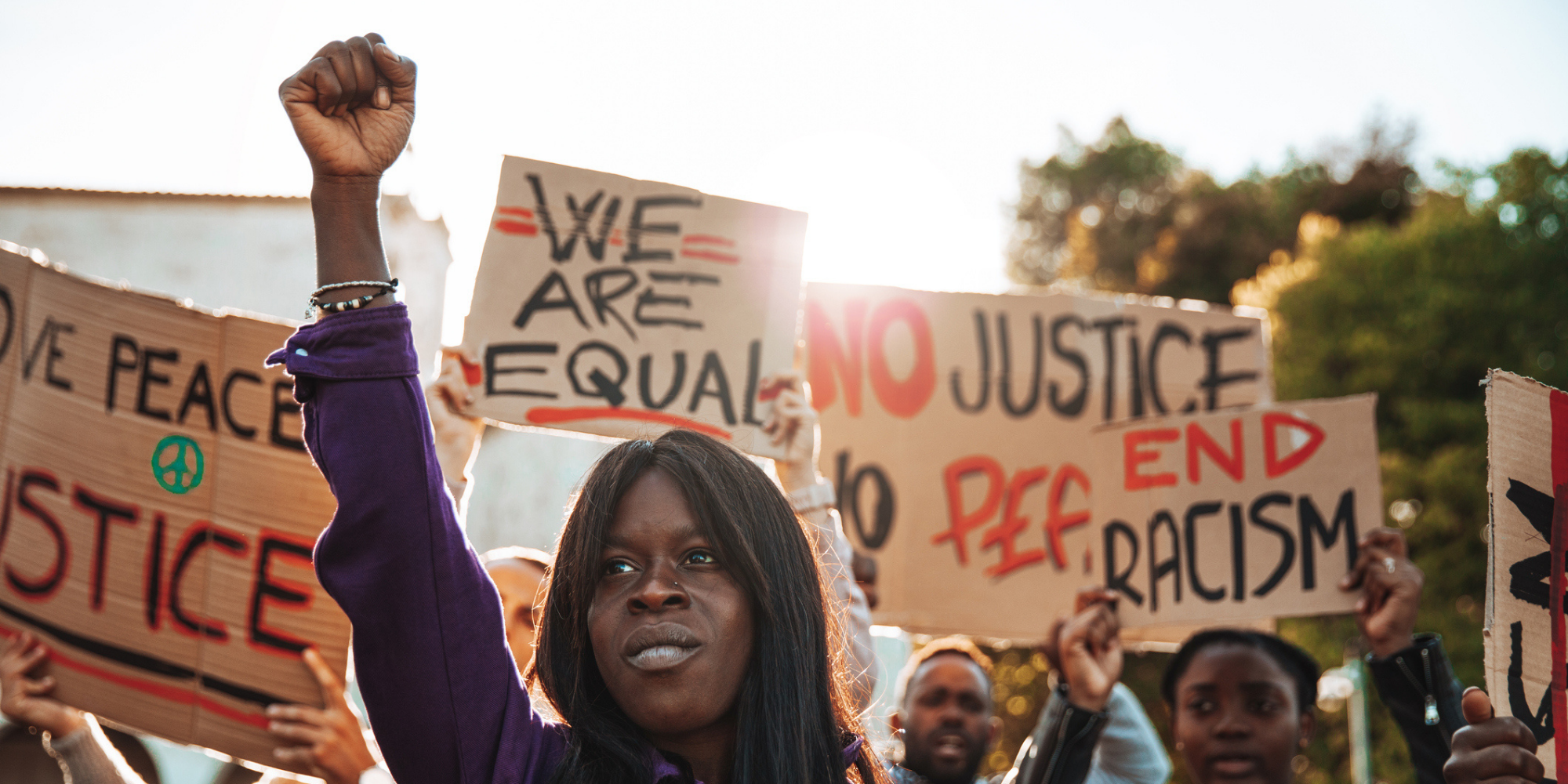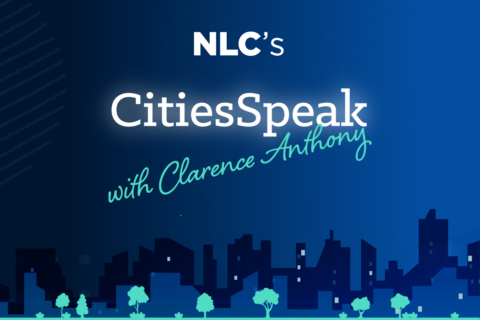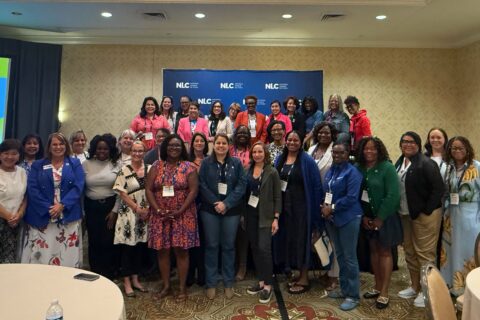The current protests and uprisings across the country have elevated the term “anti-racism” and have prompted the question: What does it mean to be “anti-racist”?
We commonly reserve the term “racist” for those who actively discriminate based on the color of someone’s skin. Additionally, we refer to “racism” as an interpersonal display of prejudice toward Black, Indigenous, and People of Color.
Racism is a System
The reality: Racism is not only about individuals and their actions. Racism is a system.
It is a system of oppression that is based in and upholds the superiority of White people and the inferiority of Black, Indigenous, and People of Color. Racism was created by and upheld through policies, practices, and procedures to create inequities between racial groups
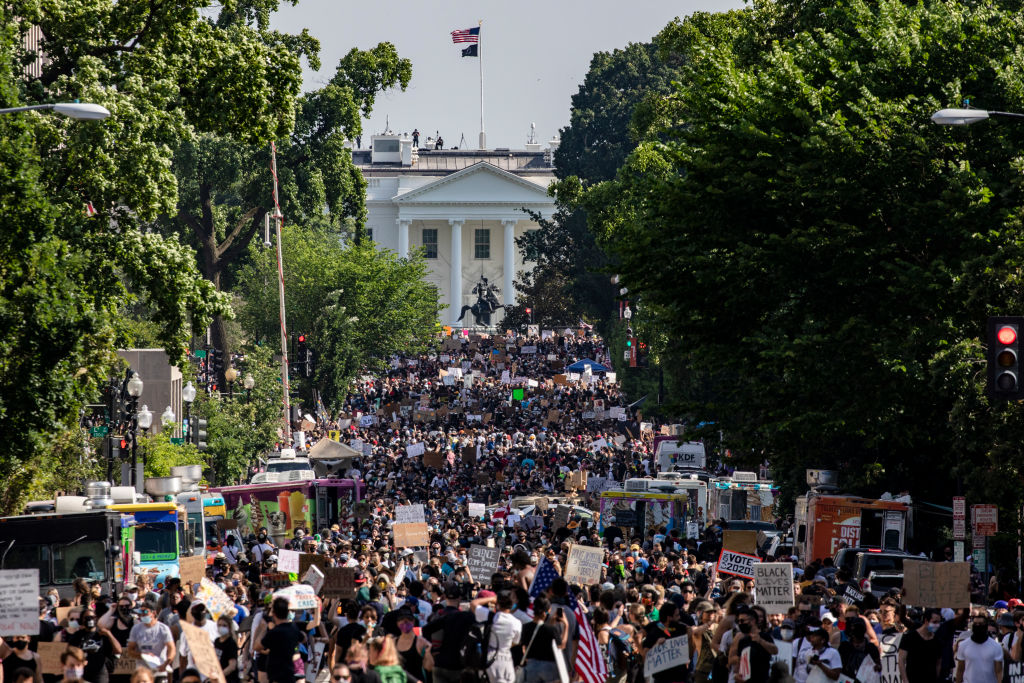
Current leaders in positions of authority in government, private, and non-profit institutions have inherited and upheld racist institutions and structures. These leaders have historically diluted the term “racism” to reflect only overt interpersonal racist actions so that the full system of racism can continue to grow and persist, unseen and unchallenged.
With this definition of “racism,” what does it mean to be anti-racist? Is it the same as “not racist”?
“Not racist” often refers to a passive response to the generational trauma and pain inflicted on Black, Indigenous, and People of Color in the United States. It does not require action – for example proactively challenging a system that has operated in this country since its “founding.”
To be “not racist” is to ignore 400 years of history that informs the root causes of inequities we see in all aspects of American life. These inequities in education, criminal justice, housing, healthcare, and all policy areas are the result of intentional and racist institutional policies, practices, and procedures. They exist on purpose.
Because racism is the foundation upon which our society and institutions stand, choosing to interact with these institutions in a neutral way allows them to thrive. Racism can result from racist action and/or inaction, which results in complicity that creates or maintains racial inequities.
Being “not racist” does not require active resistance to and dismantling of the system of racism. Being “anti-racist” does.
Racial Equity
Anti-racism is also a system – a system in which we create policies, practices, and procedures to promote racial equity. Anti-racism generates antiracist thoughts and ideas to justify the racial equity it creates by uplifting the innate humanity and individuality of Black, Indigenous, and People of Color.
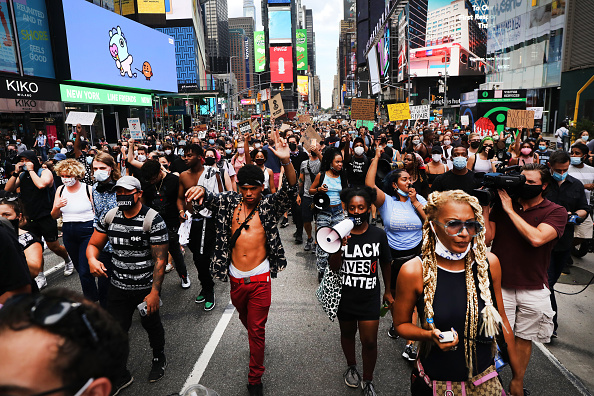
Anti-racism recognizes that there are no traits inherent within a racial group solely because of the color of their skin. Anti-racism forces us to analyze the role that institutions and systems play in the racial inequities we see, rather than assign the blame to entire racial groups and their “behavioral differences” for those inequities.
When, as individuals, we contribute to racism and racial inequities, we are racist. If we push to dismantle racism and promote racial equity, we are anti-racist. These words are descriptive, not fixed.
We can be racist in one moment, anti-racist in the next, and racist once again. Anti-racism shifts our focus from the intent of our actions to the outcome of our actions – whether we advance racial equity or uphold racial inequity.
It is not enough to believe that being “not racist” will eliminate racism and racial inequities. Instead, we must work within ourselves, our networks, and our institutions to challenge racism with each decision we make. The practice of anti-racism is everyone’s ongoing work.
How do we do that?
- Identify racist policies, practices, and procedures and replace them with antiracist policies, practices, and procedures.
- Understand and own the racist ideas in which we have been socialized and the racist biases that these ideas have created within each of us.
Anti-racism is a practice that people and institutions must continue to employ, moment by moment, to fight against the system of racism. Anti-racist policy creates systems that center the lived experiences of Black, Indigenous, and People of Color, produce targeted strategies that account for the disparate harm caused these communities, and, in the end, improve outcomes for all.
Subscribe to Learn More
Get the latest by subscribing to our newsletters.
